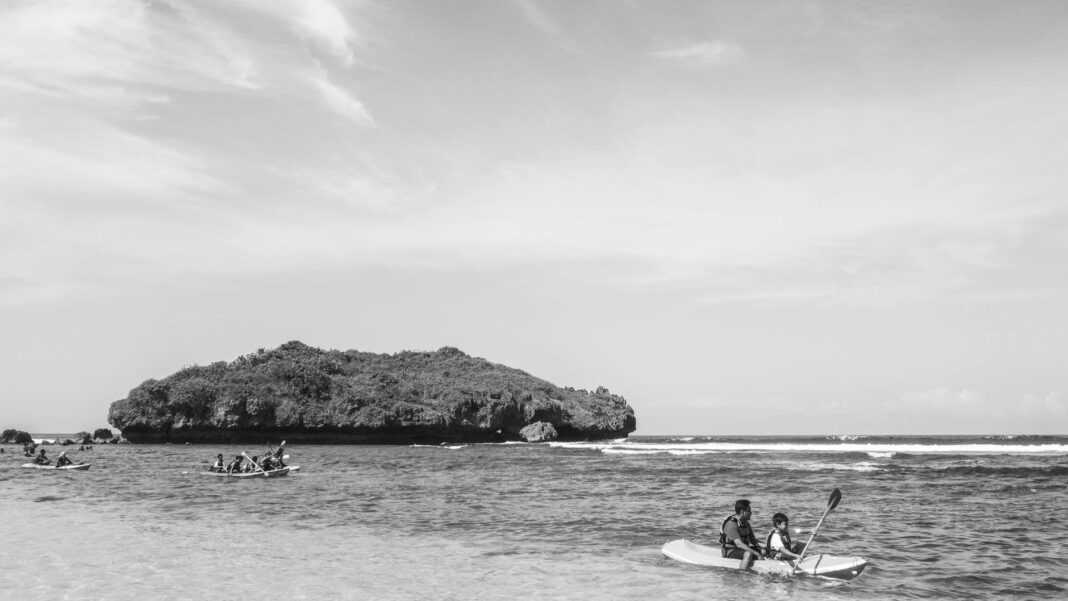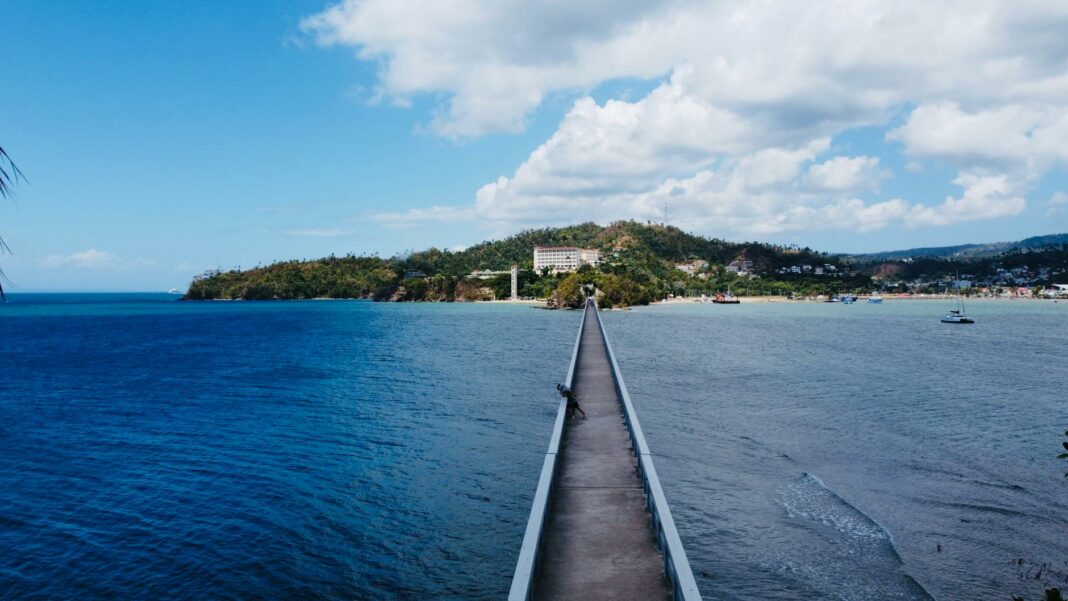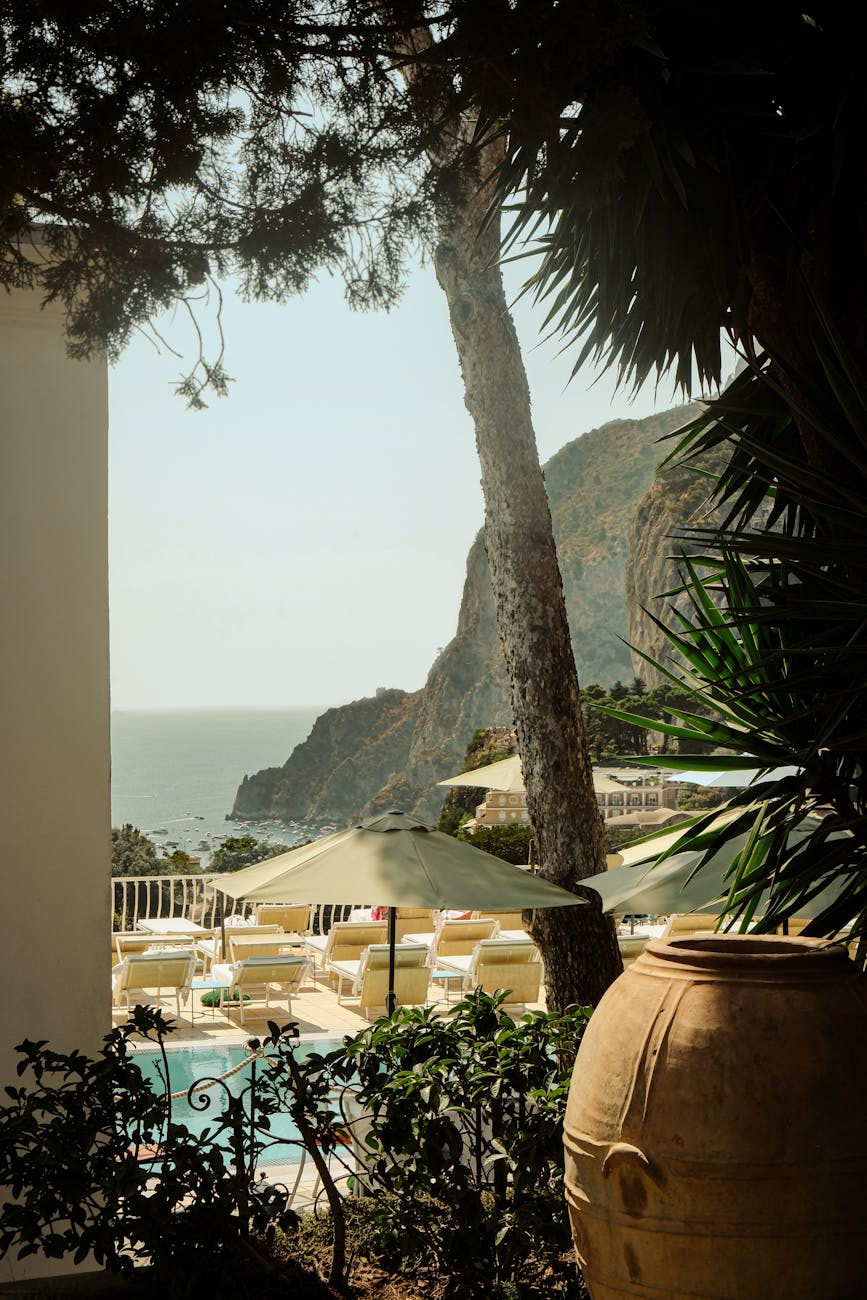Island hopping offers not just breathtaking views but also a fantastic opportunity for photographers to capture unforgettable moments. While some might think it’s merely about pointing and shooting, there’s a nuanced dance between artistry and technique that transforms ordinary snapshots into stunning images worthy of envy. Through proper understanding of light, composition, and equipment, anyone can elevate their photography game and create eye-catching visual stories.
Exploring these islands can be just as rewarding as the final images themselves, but with a few expert insights, your photos can bring the essence of those sun-soaked days to life long after the trip is over. Let’s dive into the secrets that will unlock your potential and inspire awe in whoever lays their eyes on your photography.
The cornerstone of any stunning photograph lies in light. Natural light can become your most loyal companion when exploring picturesque islands. Golden hour, which occurs shortly after sunrise and before sunset, paints the world in a warm hue that enriches colors and enhances mood dramatically. It transforms mundane subjects into captivating highlights, making it imperative to plan shoots around these magical times.
Moreover, don’t be afraid to experiment with different lighting conditions. Overcast days can evoke a softer, dreamier atmosphere that’s perfect for intimate, serene shots, while bright sunny days allow for vibrancy and energy. Reflective surfaces, such as water, can create striking contrasts in both landscape and portrait photography, showcasing the splendor of the islands in multifaceted ways. Understanding how light interacts with your subjects is the first step toward crafting photographs that not only stand out but tell compelling stories about the locations you visit.
Composition is fundamentally about more than just arranging elements within the frame; it’s about orchestrating harmony among them. Employing the rule of thirds can add balance and interest to your images, drawing viewers’ eyes naturally into the scene. Instead of placing the horizon line in the center, try aligning it one-third of the way up or down the frame for a more dynamic effect. However, don’t feel confined by rules. Break them with creativity in mind—experimenting with angles or even getting low to the ground can unveil exciting perspectives that elevate your work above standard holiday snaps.
Additionally, leading lines, such as pathways or shorelines, can guide the viewer’s gaze further into your image, creating depth and context. Another engaging technique is to frame your subject using natural elements, such as branches or rock formations, which can produce a feeling of intimacy and connection with the stunning environment around it. Every choice contributes significantly to the narrative of your photograph, so consider your composition carefully to evoke the intended emotions and reactions from your audience.
Patience is often underrated, yet it plays an essential role in capturing stunning photographs on island escapes. Sometimes the best photos come after waiting for that perfect moment, whether it’s wildlife coming into view, a wave crashing against the shore, or a subtle shift in the clouds. Timing isn’t just about when you shoot; it’s also about knowing when to pause and observe your surroundings.
For instance, engaging with locals or discovering hidden spots can lead you to unexpected moments worth capturing, enriching your portfolio. Being present allows you to savor every detail, whether that’s the laughter of friends against the backdrop of a sunset or the grace of a solitary bird taking flight. Instead of rushing to click, take a deep breath, soak in the moment, and then capture it with intent. This approach will often yield results that not only please the eye but also resonate with the heart, making it all the more touching.
Having the right gear doesn’t mean you need to invest in exorbitantly priced equipment. Many powerful tools can fit within any budget and still yield incredible results. While a digital camera is essential for quality, smartphones today possess astonishing capabilities that can produce stunning photos, especially for spontaneous island moments. Investing in a good tripod is also a game-changer, especially during low-light conditions; it offers stability and frees you to experiment with longer exposure times, often resulting in striking photos.
Lenses are another vital consideration. If you’re using a DSLR or a mirrorless camera, a versatile zoom lens can cover various scenarios, from wide-angle vistas to close-ups of intricate island flora. Regardless of your gear, understanding how to maximize each piece’s potential is where the true magic lies. Treat your equipment well, familiarize yourself with its functions, and practice often to capture the mesmerizing essence of those tropical islands seamlessly.
Editing is where the true transformation of your images takes place. The raw photos you capture serve as the foundation upon which your artistic vision can flourish through editing tools. Utilizing software like Lightroom or Photoshop doesn’t only enhance colors and details but also allows you to correct minor mistakes that might undermine an otherwise stunning shot. Balance exposure, adjust contrast, and find the right color tones to ensure your photos reflect the breathtaking landscapes as you experienced them.
Moreover, remember that editing isn’t just about fixing; it’s about enhancing your storytelling capabilities. Experiment with cropping, filters, and presets to create a consistent style across your images. This helps build a cohesive visual narrative that resonates with viewers. The genius of editing lies in how it can highlight the beauty inherent in your photographs while adding your unique stamp and full emotion to each shot, inviting viewers to feel as though they’re right there with you.
The craft of stunning island hopping photography embodies a blend of technical skill, artistic vision, and genuine connection with the essence of each destination. Embracing the principles of light, composition, timing, and editing enables photographers to tell compelling stories through their images. So next time you embark on a journey to these beautiful islands, remember to capture not just what you see, but what moves you.
Using aperture priority mode can be beneficial for landscapes, allowing you to control the depth of field. Keep ISO low during bright conditions, and consider using a polarizing filter to enhance color saturation and reduce glare from water.
While editing is not mandatory, it can significantly enhance the quality of your images. Even minor adjustments can elevate a photo from average to remarkable.
Golden hour, just after sunrise and just before sunset, generally offers the best lighting. Additionally, research local weather patterns to avoid harsh conditions that could detract from your images.
Image Credit: Pexels





